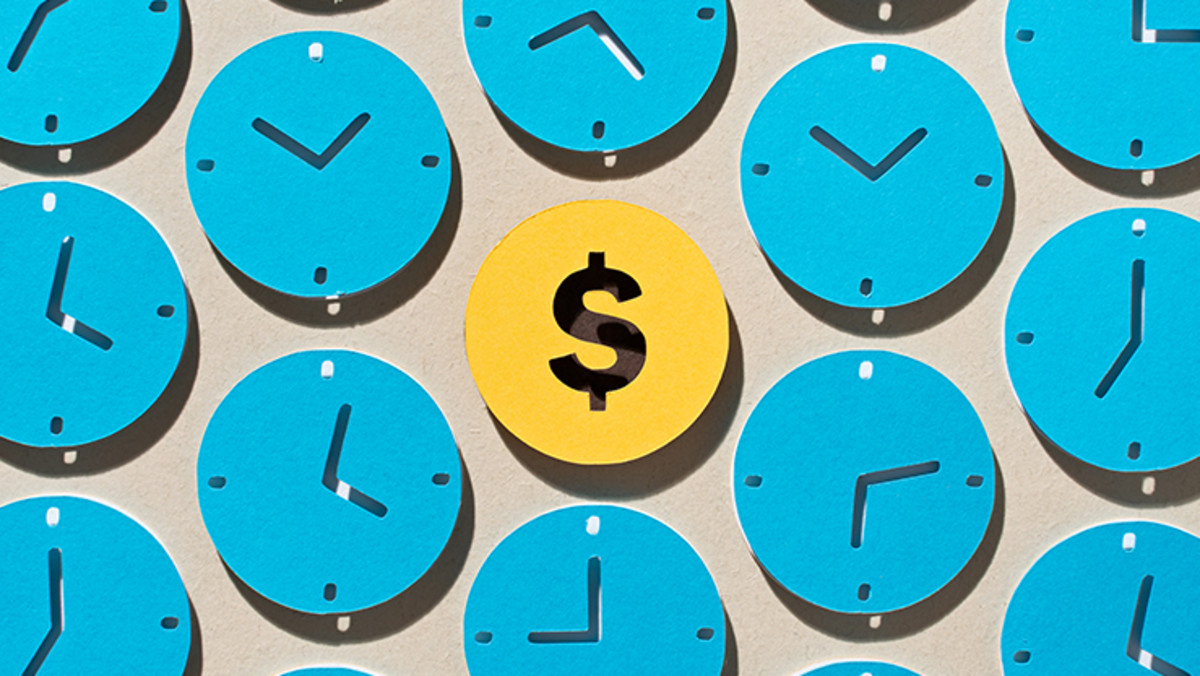The rise of "buy now, pay later"
The rise of "buy now, pay later"
The rise of "buy now, pay later"

The number of people using "buy now, pay later" to pay for purchases rose 17% year-over-year, with the latest total spend per user clocking in at $289, according to Empower Personal DashboardTM data from April 2024.
Some 15 million people (around 6.5% of the U.S. population) used “buy now, pay later” to pay for groceries in 2023.1 The amount of BNPL funding that went toward grocery purchases rose 40% between early 2023 and 2024 – the segment of spending that jumped more than any other product category.2
And the trend keeps paying forward online: A record high of $25.9 billion of e-commerce spending between January 2024 and April 2024 involved BNPL platforms, accounting for an 11.8% year-over-year increase.3
It’s expected that usage of "buy now, pay later” will continue to grow: One industry report estimates BNPL to power up to $84.8 billion of consumer spending in 2024, about 13% more than last year.3
Let’s look into how this financial option works.
What it means to “buy now, pay later”
Installment loans – more commonly referred to as “buy now, pay later” loans – allow people to break up one transaction into several payments, and there are usually little to no interest charges or fees involved, depending on the service provider.
According to a recent report, more than a third of U.S. adults (39%) have used at least one BNPL service for a purchase.4
What makes “buy now, pay later” different
While consumers may see BNPL loans as a way to easily break up payment commitments, it functions differently than the more-common credit card.
These installment loans are typically not included on consumers’ credit reports or accounted for in their credit scores, which could give BNPL users an incomplete picture as they look to pay off debt.5
And younger generations in particular may have less visibility: Consumers ages 35 and younger make up 53% of “buy now, pay later” users – but just 35% of traditional credit-card holders.2
Getting started with a “buy now, pay later” loan can also happen more quickly (typically at the point-of-sale when completing a transaction) and with fewer touchpoints for consumers (a soft credit inquiry vs. a hard inquiry for credit cards), compared with acquiring a new credit card.6
A balanced approach
Some shoppers may see BNPL’s setup as lightening the load of spending, while others may find it a potential pitfall in taking on debt.
Empower research found that getting a handle on debt is a key goal for half of consumers right now: 52% of Americans would put a windfall that comes their way – like a tax refund or work bonus – toward paying down debt.
As these installment loans become more prevalent Americans’ budgeting strategies – perhaps outside the grocery store and online shopping, and for bigger lifestyle purchases like medical procedures7 – it’s important for consumers to consider how it fits into their wider financial plan.
Getting money goals in order can be a good starting point to become aware of the various accounts and income at stake. Consulting with a financial professional could help keep finances front of mind – for both now and later.
Get financially happy
Put your money to work for life and play
1 New York Post, “15M Americans — including those making more than $100K — buy groceries with ‘buy now, pay later’ apps as inflation rages,” March 2024.
2 NBC News, “'Buy now, pay later' goes from niche to normal as young people use it for daily essentials,” March 2024.
3 Fortune, “The Buy Now, Pay Later trend has been jet fuel for online shopping, new Adobe report reveals—and it’s only expected to surge,” May 2024.
4 Bankrate, “Survey: 56% of buy now, pay later users have experienced issues like overspending and missing payments,” April 2024.
5 New York Times, “‘Pay Later’ Lenders Have an Issue With Credit Bureaus,” April 2024.
6 Investopedia, “Buy Now, Pay Later vs. Credit Cards,” April 2024.
7 Reuters, “Focus: Buy now, pay later lender Affirm pushes into elective medical procedures,” April 2024.
RO3577738-0524
The content contained in this blog post is intended for general informational purposes only and is not meant to constitute legal, tax, accounting or investment advice. You should consult a qualified legal or tax professional regarding your specific situation. No part of this blog, nor the links contained therein is a solicitation or offer to sell securities. Compensation for freelance contributions not to exceed $1,250. Third-party data is obtained from sources believed to be reliable; however, Empower cannot guarantee the accuracy, timeliness, completeness or fitness of this data for any particular purpose. Third-party links are provided solely as a convenience and do not imply an affiliation, endorsement or approval by Empower of the contents on such third-party websites. This article is based on current events, research, and developments at the time of publication, which may change over time.
Certain sections of this blog may contain forward-looking statements that are based on our reasonable expectations, estimates, projections and assumptions. Past performance is not a guarantee of future return, nor is it indicative of future performance. Investing involves risk. The value of your investment will fluctuate and you may lose money.
Certified Financial Planner Board of Standards Inc. (CFP Board) owns the certification marks CFP®, CERTIFIED FINANCIAL PLANNER™, CFP® (with plaque design), and CFP® (with flame design) in the U.S., which it authorizes use of by individuals who successfully complete CFP Board's initial and ongoing certification requirements.





